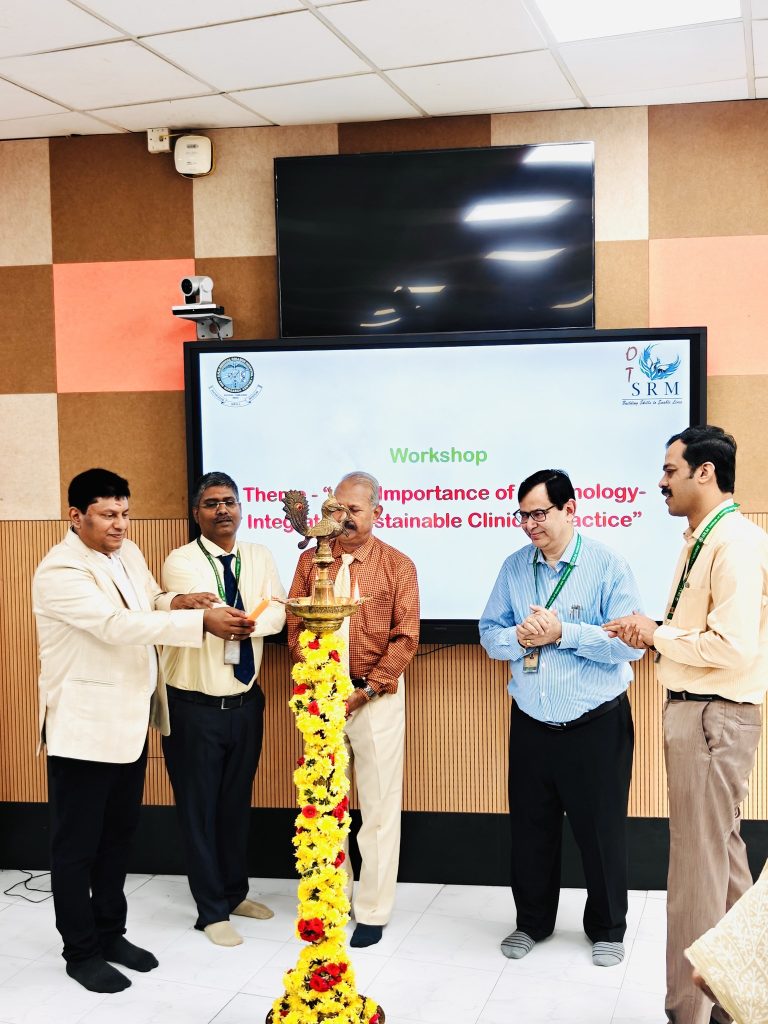Reading Time: 5 minutesOccupational therapy (OT) is a powerful and dynamic field vital in improving the quality of life for individuals facing physical, cognitive, or emotional challenges. The hallmark of occupational therapy is its ability to create personalized therapy plans that are tailored to meet the unique needs of each individual. These plans not only focus on the immediate goal of improving functionality but also empower individuals to lead more independent and fulfilling lives. In this blog, we’ll explore how occupational therapists design personalized therapy plans and adapt them to the unique needs of each individual. We will also look at how therapists use different techniques, assessments, and tools to address various conditions, from developmental delays to adult rehabilitation.
Understanding Occupational Therapy
Occupational therapy is a client-centered health profession that aims to help individuals of all ages engage in meaningful activities or “occupations” of daily life. These activities can include tasks such as dressing, cooking, working, playing, or studying. When an individual faces limitations due to injury, illness, or developmental issues, occupational therapists work with them to restore or enhance their ability to perform these tasks. Unlike other types of therapy, occupational therapy takes a holistic approach by addressing physical, psychological, and social factors that may be affecting the person’s ability to function. The ultimate goal is to support individuals in achieving their highest level of independence, whether that means regaining lost skills or developing new coping strategies.
Key Elements of Personalized Therapy Plans
Personalized therapy plans are designed to address the unique needs of each individual. Below are the key components that make up an effective therapy plan:
Comprehensive Assessment
A thorough evaluation helps identify an individual’s strengths and challenges.
- Physical Assessment: Measures strength, mobility, and motor coordination.
- Cognitive Assessment: Evaluates memory, planning, and task organization.
- Sensory and Motor Skills Assessment: Assesses sensory processing and fine motor abilities.
Setting Realistic and Achievable Goals
- Therapists work with individuals to set SMART goals—Specific, Measurable, Achievable, Relevant, and Time-bound—that are aligned with their abilities.
- Individualized Goals: Tailored to the person’s needs, such as improving motor skills or self-care tasks.
Tailoring Interventions to Specific Needs
Therapists customize interventions to help clients achieve their goals.
- Adaptive Strategies: Modifications to the environment or task, like using special grips.
- Skill-Building Activities: Exercises to improve coordination, strength, or flexibility.
- Assistive Technology: Devices to aid in daily tasks, such as speech-generating tools.
Creating a Functional and Measurable Plan
A detailed plan is created, breaking down goals into short-term and long-term objectives.
- Short-Term Goals: Immediate milestones to track progress.
- Long-Term Goals: Broader, overarching goals to work toward.
Collaboration with Family and Caregivers
Caregivers are actively involved in reinforcing the therapy process outside of sessions.
- Educating Caregivers: Teaching them how to support therapy at home.
- Encouraging Involvement: Caregivers help track progress and participate in exercises.
Regular Reevaluation and Adjustment
Therapists regularly monitor progress and adjust the therapy plan as needed.
- Monitoring Progress: Tracking achievements and making changes based on results.
- Adjusting Interventions: Introducing new challenges as the individual improves.
Each element of the therapy plan is designed to ensure that the individual’s unique needs are met, enabling them to achieve their personal goals as effectively and efficiently as possible.
How Occupational Therapists Adapt to Individual Needs
Every individual’s therapy needs are unique, and occupational therapists excel in adapting their approaches to meet the varying needs of their clients. Let’s explore how occupational therapists make these adaptations:
Adjusting for Different Ages and Life Stages
One of the primary ways therapists adapt therapy plans is by considering the individual’s age and developmental stage. For instance:
- Pediatric clients: Occupational therapists may focus on developing motor skills, sensory processing, and social interaction in children. Therapy could include play-based interventions, structured activities, or school-based support.
- Adults and elderly clients: Occupational therapists may focus on helping individuals regain or maintain independence in daily activities, such as driving, cooking, or personal care, following an injury, illness, or stroke.
The therapy plan is adjusted to suit the client’s stage in life, addressing both their immediate and long-term needs.
Adapting to Cognitive and Emotional Needs
Occupational therapy is not just about physical rehabilitation. In many cases, emotional and cognitive challenges play a significant role in a person’s ability to function. Occupational therapists are trained to assess and adjust therapy plans to address cognitive impairments or emotional difficulties. This may involve:
- Cognitive therapy: For individuals with memory impairments, like those with Alzheimer’s disease, therapists may focus on techniques that improve memory, concentration, and organizational skills.
- Behavioral interventions: For clients with emotional challenges, such as anxiety or depression, therapists may incorporate strategies like relaxation techniques, mindfulness, or coping mechanisms into the therapy plan.
Cultural and Contextual Sensitivity
Therapists are aware that cultural and contextual factors play a significant role in therapy outcomes. A therapy plan must be adaptable to accommodate different cultural values, personal preferences, and home environments. For example:
- A therapy plan for a family from a rural area may need to focus on exercises that can be done at home, using everyday objects, due to limited access to specialized equipment.
- For a client from a different cultural background, the therapist may need to ensure that the interventions align with cultural norms and preferences, such as incorporating family values into the rehabilitation process.
Addressing Complex Needs
Some individuals present with multiple conditions that complicate therapy. For example, a child with cerebral palsy may also have intellectual disabilities. In such cases, the therapist adapts their approach to address both physical and cognitive needs, often collaborating with other professionals like speech-language pathologists, physical therapists, or psychologists to create a comprehensive therapy plan.
Incorporating Technology and Innovations
As technology continues to advance, occupational therapists now have access to a wide range of digital tools, apps, and devices that can be incorporated into therapy plans. For example:
- Virtual reality (VR): Therapists can use VR to help patients with stroke rehabilitation or anxiety disorders by creating realistic scenarios that practice real-life situations.
- Assistive technology: Tools like speech-to-text software, mobility aids, and adaptive devices make daily tasks more manageable for individuals with disabilities.
- Teletherapy: Some therapists offer virtual sessions, providing more accessibility for individuals who are unable to attend in-person sessions.
In Conclusion, Creating personalized therapy plans is central to occupational therapy, where therapists design individualized plans based on each client’s needs. These plans are adaptable, evolving with the client’s progress. Whether working with children, adults recovering from injuries, or seniors managing chronic conditions, occupational therapists help individuals regain independence and improve daily functioning. Through assessments, goal setting, tailored interventions, and ongoing adjustments, therapists support clients in achieving a better quality of life. XceptionalLEARNING offers an advanced Occupational Therapy Platform designed to provide personalized therapy plans for all ages. Our Digital Activity Book features engaging, interactive exercises that enhance motor skills, cognitive abilities, and more. Contact us today for a demo and see firsthand how we can help you or your loved ones achieve greater independence and improved quality of life. With the guidance of the best occupational therapists, our team ensures every session is tailored to meet your needs. Experience the future of therapy with XceptionalLEARNING!










